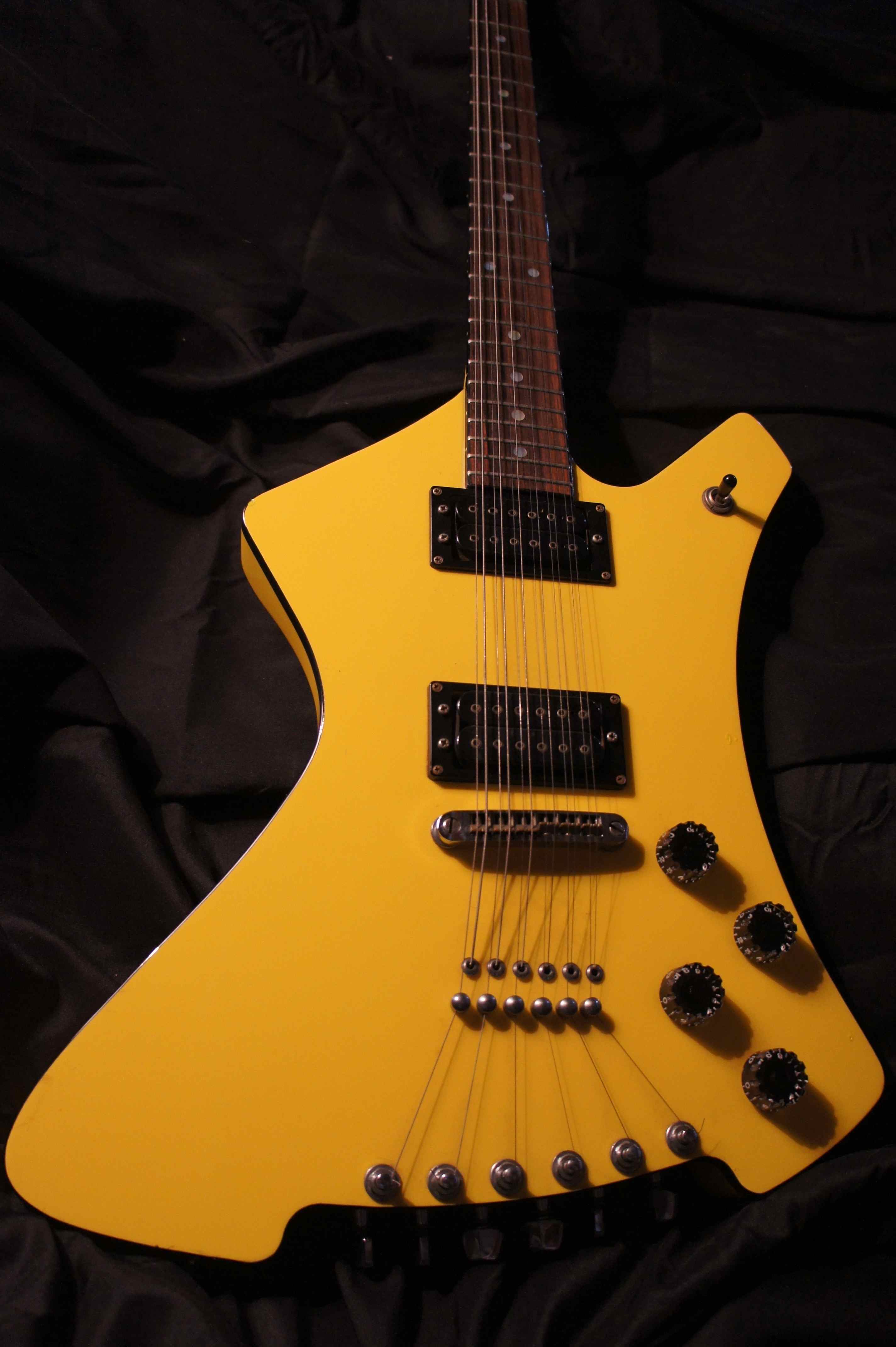

This was not a progression of the same basic guitar. For instance, 1929’s Model 45 was a dark, unbound student guitar, 1932’s Model 45 was a bound single-screenhole “Cyclops,” and by late ’33 the Model 45 was a spruce-top with two screenholes. Because prices changed from year to year, guitars changed model numbers, and the same model number may have applied to several different guitars. A Regal-made Model 19, with poinsettia coverplate and a Gumby-shaped headstock with drum veneer and stenciled “Gretsch,” mid ’30s.ĭobro’s model numbers corresponded to list prices in a system that has long confused collectors. Within a few months the company moved to a new brick factory at 727 East 62nd Street in Los Angeles. In the spring of ’29 Dobro started production in the back room of Russell Plating Company. Two other brothers, Louis and Bob, helped finance the venture. Emil, the salesman, showed the prototype guitar to dealers in southern California and took the first orders. The word also meant “good” in their native Slovak language. The brothers named their new company Dobro (a shortened version of Dopyera Brothers).

Rudy and Emil (later called Ed) Dopyera left National soon after John. Without a block of wood choking it, the inverted resonator vibrated freely and sustained notes longer than the biscuit-bridge cone. A radiating spider carried the sound from the bridge to the edges of the cone. The Dopyeras turned the resonator upside-down and modified its V shape into a W, connected to the bridge by a long screw through the center.

John and his brothers decided to split from National. Beauchamp and Dopyera had been rubbing each other the wrong way for some time, and this came as the last straw. National’s president, George Beauchamp, overruled Dopyera and rushed the Triolian into production in late 1928. John Dopyera developed the biscuit-bridge system for use in a ukulele, but felt the design did not sustain well enough when enlarged for a guitar. The Triolian’s bridge sat in a round wooden “biscuit” mounted in the center of a metal amplifying cone. They called their new instrument the Dobro. For months the inventor of the resonator guitar spent his evenings and weekends working with his brother, Rudy, on a secret project – a single-cone guitar they believed superior to the National Triolian. When John Dopyera stormed out of the National shop in January 1929, his resignation stemmed from more than a spur-of-the-moment tantrum. VG Overdrive is sponsored by Mojotone Single-Cyclops Model 27, 1932.


 0 kommentar(er)
0 kommentar(er)
